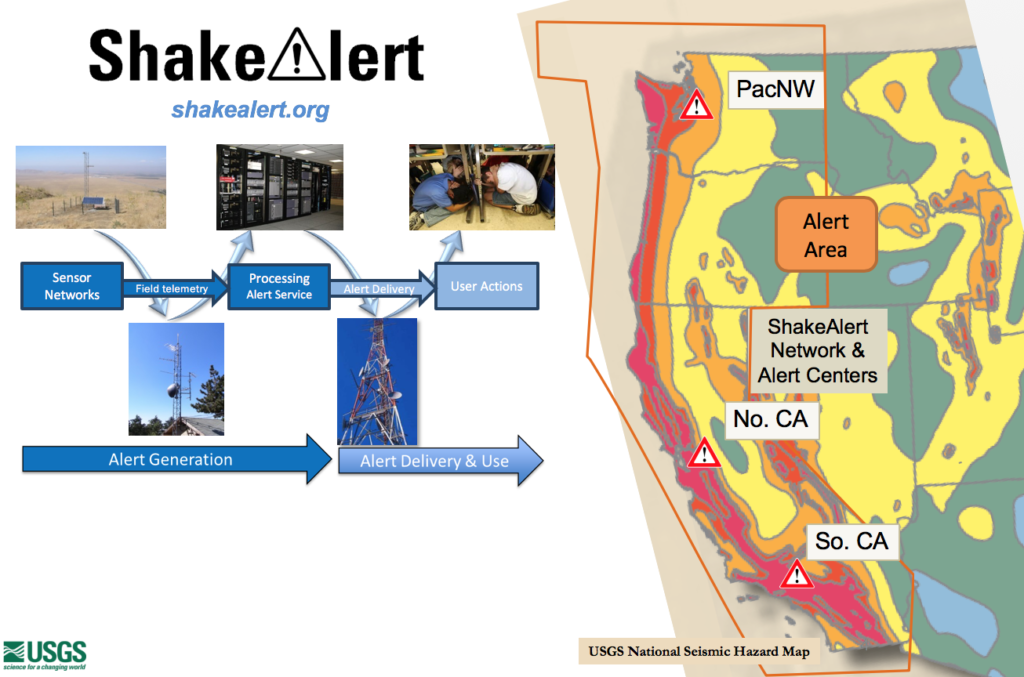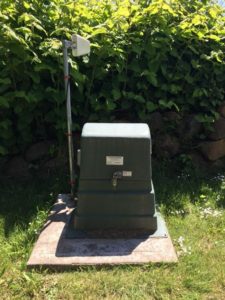
The U.S. Geological Survey announced Monday it had awarded $12.5 million to the University of Oregon and six other universities to continue setting up an earthquake early-warning system along the West Coast.
The UO’s share of $1.6 million will primarily be used to finish placing seismometers along the central and southern Oregon coasts, said Leland O’Driscoll, project manager of the Oregon Seismic Network at the university. The money will also be used to expand real-time GPS monitoring, improve cybersecurity and expand partnerships with local governments.
Real-time public warnings from ShakeAlert for Oregon will begin when 75 percent of the planned 238 seismic stations in the state are operating. It now is at 58 percent.

Gov. Kate Brown had $12 million in her proposed 2019-21 budget to finish the rest of Oregon’s ShakeAlert system and begin setting up a similar program to alert agencies and the public to wildfires. But Oregon lawmakers cut all that money in the last days of the Legislature in June.
The UO is a partner in the Pacific Northwest Seismic Network with the University of Washington in the USGS-led ShakeAlert program, which is being developed to provide seconds to minutes of warning about imminent shaking after an earthquake is detected.
The biggest risk in the Pacific Northwest is a potential magnitude 9 earthquake in the 620-mile-long Cascadia subduction zone that runs along and just off the coast.
The USGS announced Monday that $12.5 million will be shared by seven universities and a university-governed nonprofit to support operations in the first year of a two-year, $21.1 million package approved earlier this year by Congress.
“With this latest release of federal funds, we are very close to a sufficient build out of ShakeAlert that will give Oregonians advanced warning when a significant earthquake takes place, meaning we can save lives, reduce injuries and minimize infrastructure damage,” said Rep. Peter DeFazio, D-Ore.
O’Driscoll said the money would be used to “fill in a major gap” with a GPS array and seismometers on the central Oregon coast and the Coast mountain range.
The USGS grant will continue to expand the UO’s work with other local government agencies and schools, including the Newport-based Central Lincoln Peoples Utility District. The partners are integrating early warning capabilities into their operations, either through automated responses in infrastructure or internal alerting notifications.



